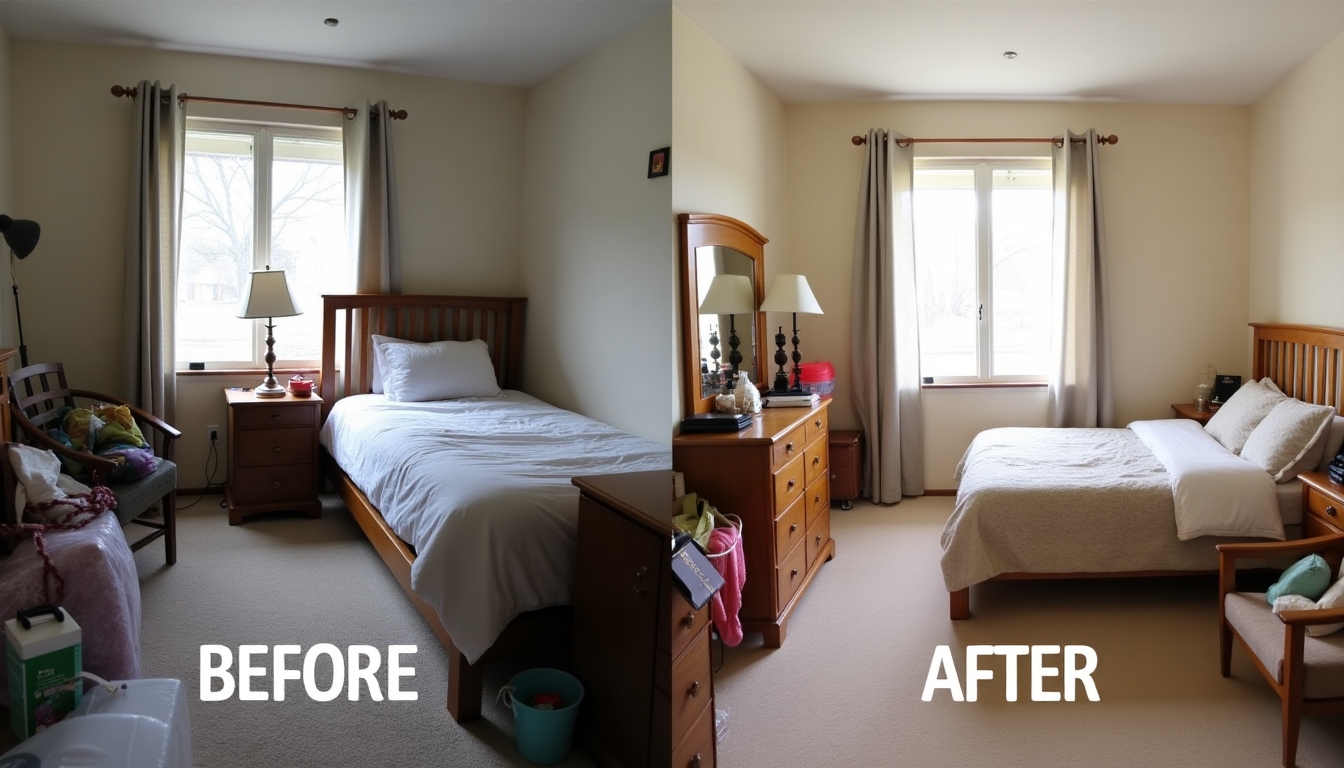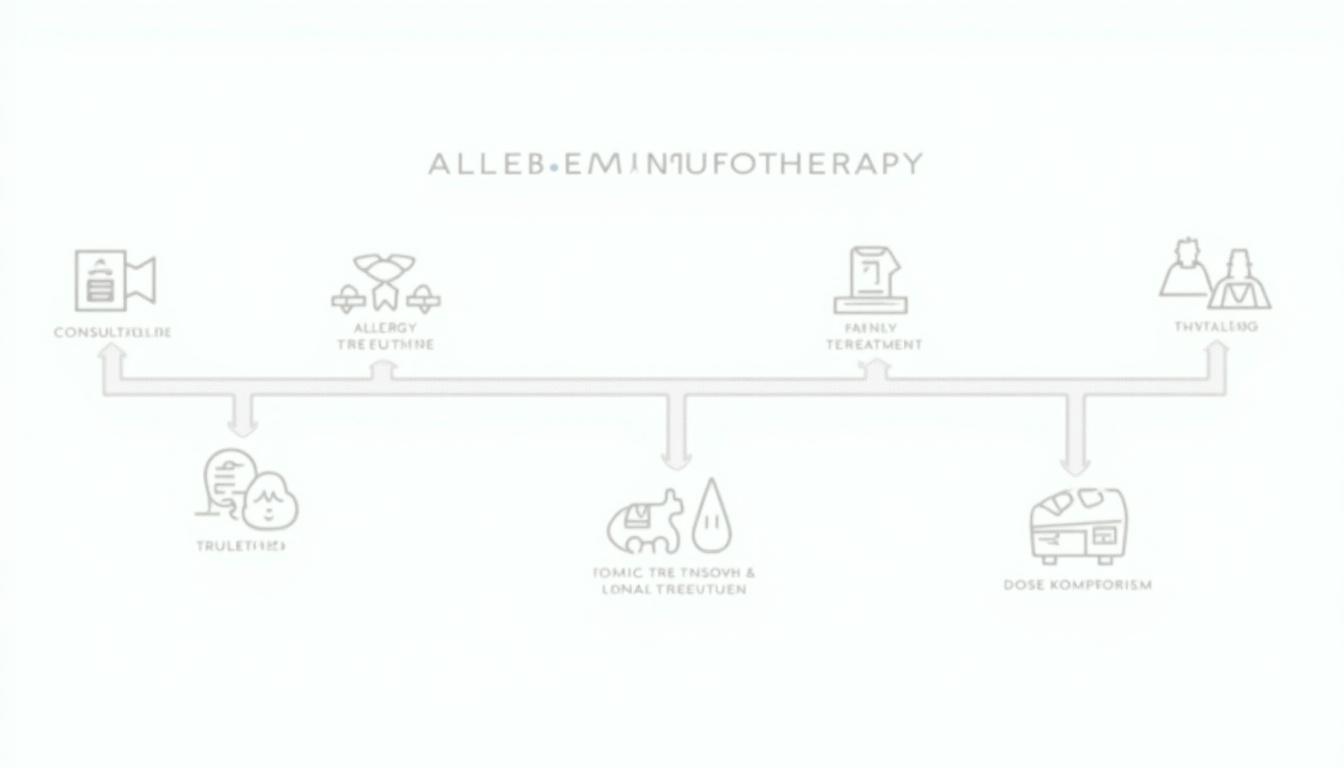Allergen immunotherapy is a life-changing treatment for many allergy sufferers, offering hope for long-term relief from debilitating symptoms. By gradually exposing patients to small amounts of allergens, this therapy helps build tolerance and reduce allergic reactions over time. In this article, we’ll explore the journey of allergen immunotherapy through the eyes of patients who have experienced its transformative effects firsthand.
What is Allergen Immunotherapy?
Allergen immunotherapy, often referred to as allergy shots or sublingual immunotherapy (SLIT), is a medical treatment designed to desensitize the immune system to specific allergens. It is commonly used for allergies caused by pollen, dust mites, pet dander, and insect stings. For some patients, it can also be effective for certain food allergies, including chronic conditions like Food Protein-Induced Enterocolitis Syndrome (FPIES).
The treatment involves administering gradually increasing doses of the allergen, either through injections or under-the-tongue drops, over a period of months or years. The goal is to train the immune system to tolerate the allergen without triggering an allergic response.

The Patient Journey: Step by Step
The journey of allergen immunotherapy typically follows a structured process, tailored to each patient’s specific needs. Here’s what patients can expect at each stage:
1. Initial Consultation
The first step is meeting with an allergist to discuss symptoms, medical history, and potential treatment options. During this consultation, the allergist will determine whether allergen immunotherapy is a suitable option.
Patient Story: Sarah, a 35-year-old mother of two, had been suffering from chronic sinus infections and asthma for years. “I was constantly sneezing, and my asthma was getting worse,” she recalls. “I finally decided to see an allergist after my symptoms became unbearable.”
2. Allergy Testing
To identify the specific allergens causing the symptoms, the allergist performs skin or blood tests. This step is crucial for creating a personalized treatment plan.
Patient Story: “During the testing, I discovered that I was severely allergic to dust mites,” Sarah shares. “It explained why I was always congested, especially at night.”

3. Treatment Plan
Based on the test results, the allergist develops a customized immunotherapy plan. This plan outlines the allergens to be treated, the method of administration (injections or drops), and the treatment schedule.
Patient Story: “My allergist recommended allergen immunotherapy for my dust mite allergies,” says Sarah. “He explained that it could provide long-term relief and reduce my reliance on medications.”
4. Immunotherapy Sessions
Patients receive regular doses of the allergen, starting with very small amounts and gradually increasing over time. For injections, this typically involves weekly visits to the clinic, while SLIT can be done at home after initial guidance.
Patient Story: “At first, I was nervous about the injections,” Sarah admits. “But the staff was incredibly supportive, and I quickly got used to the routine. After a few months, I started noticing improvements.”

5. Monitoring and Adjustment
Throughout the treatment, the allergist monitors the patient’s progress and adjusts the dosage as needed. This ensures the therapy remains effective and safe.
Patient Story: “After six months, I could breathe easier and had fewer asthma attacks,” Sarah says. “My allergist adjusted my dosage to maintain the progress, and I continued to improve.”
Allergen Immunotherapy for Dust Mite Allergies: A Patient’s Perspective
Dust mite allergies are among the most common triggers for allergic rhinitis and asthma. For patients like Sarah, allergen immunotherapy offers a path to relief.
“I used to dread cleaning my house because it would trigger my symptoms,” Sarah explains. “But after a year of immunotherapy, I can vacuum without sneezing uncontrollably. It’s made a huge difference in my quality of life.”
Studies show that allergen immunotherapy can reduce symptoms of dust mite allergies by up to 80% in some patients, making it a highly effective treatment option.

Addressing Chronic Food Allergies with Immunotherapy
While allergen immunotherapy is most commonly associated with environmental allergies, it is also being explored for chronic food allergies, including conditions like Chronic FPIES (Food Protein-Induced Enterocolitis Syndrome). FPIES is a severe food allergy that affects the gastrointestinal system, often triggered by proteins in foods like milk, soy, or grains.
Patient Story: Mark, a 28-year-old with Chronic FPIES, shares his experience: “I’ve lived with food restrictions for most of my life. When my allergist suggested immunotherapy, I was skeptical but hopeful. After two years of treatment, I can now tolerate small amounts of foods that used to make me violently ill.”
Although immunotherapy for food allergies is still evolving, early results are promising for patients with chronic conditions.
Common Concerns and Questions
Many patients have questions and concerns about allergen immunotherapy. Here are some of the most frequently asked:
- Is it safe? While there are risks, such as allergic reactions, immunotherapy is generally safe when administered by a qualified allergist. Patients are closely monitored during and after each session.
- How long does it take to see results? Results vary, but many patients notice improvement within 3 to 6 months. Full benefits may take up to 3 years.
- Is it effective for all allergies? Immunotherapy is most effective for allergies caused by pollen, dust mites, pet dander, and insect stings. Its use for food allergies is still under research but shows potential for certain conditions like Chronic FPIES.

Expert Insights: The Science Behind Immunotherapy
Dr. Emily Carter, a leading allergist, explains the science behind allergen immunotherapy: “By introducing small, controlled amounts of the allergen, we’re essentially retraining the immune system. Over time, the body learns to tolerate the allergen without overreacting, reducing or even eliminating symptoms.”
Recent research supports the effectiveness of immunotherapy. A 2023 study published in the Journal of Allergy and Clinical Immunology found that 75% of patients with severe dust mite allergies experienced significant symptom reduction after one year of treatment.
The Emotional Impact: Patients Share Their Stories
Beyond the physical benefits, allergen immunotherapy can have a profound emotional impact. For many patients, it’s a journey of hope and resilience.
Patient Story: “Before immunotherapy, I felt like my allergies controlled my life,” says Sarah. “I couldn’t enjoy outdoor activities or even sleep through the night. Now, I feel like I’ve regained control. It’s empowering.”
Mark adds, “Living with Chronic FPIES was isolating. Immunotherapy gave me the freedom to eat with friends and family without fear. It’s been life-changing.”

Is Allergen Immunotherapy Right for You?
If you’re considering allergen immunotherapy, consult with a board-certified allergist to discuss your symptoms and treatment options. While it’s not a quick fix, the long-term benefits can be transformative for many patients.
As Sarah puts it, “It’s a commitment, but it’s worth it. I wish I had started sooner.”
Allergen immunotherapy offers a path to lasting relief for many allergy sufferers. Through the stories of patients like Sarah and Mark, we see the profound impact this treatment can have on both physical and emotional well-being. If you’re struggling with allergies, consider speaking with an allergist to explore whether immunotherapy could be the right choice for you.
Discuss Here